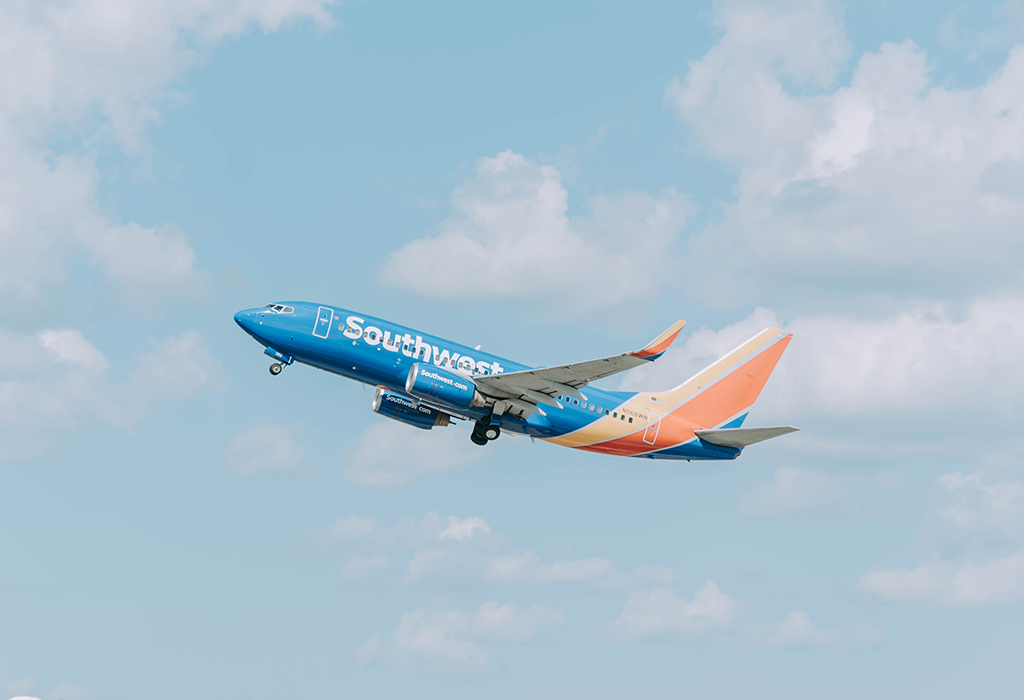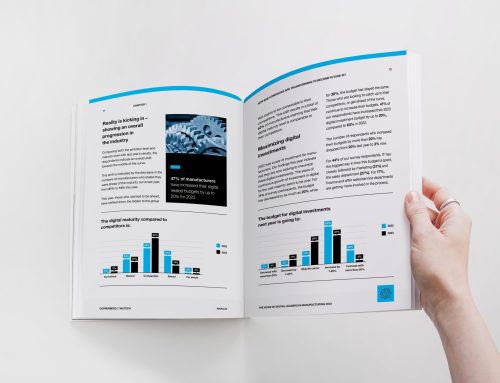Southwest may issue first-ever furloughs. More than 400 Southwest mechanics were warned that their jobs are at risk, as the talks on cost-cutting measures faced challenges. In the U.S. only, over 30 thousand aviation workers have been furloughed.
Author Iva Danilovic | Copperberg

Photo: Samantha Gades
The U.S. media report that Southwest Airlines has sent 403 mechanics and technicians federally mandated notices warning them that their jobs are at risk. Additionally, U.S. airlines have furloughed more than 30,000 workers in the coronavirus pandemic, a crisis that is probably the worst in their history. CNBC writes that the industry will shed the equivalent of some 90,000 employees by the end of 2020 in the U.S.
Southwest, the Dallas-based airline, has asked employees to take 10% pay cuts to avoid furloughs. However, the mechanic’s union, the Aircraft Mechanics Fraternal Association said that the workers have been surprised by the warnings.
According to Bret Oestreich, national director of AMFA, the management decisions have left workers in fear of job security:
“This attempt to pressure our members into accepting unfair wage decreases, while management turns down government loans because they refused to suspend shareholder dividends and stock repurchases — loans that all the other leading airlines accepted — makes this action unconscionable as well as illegal.”
While the talks with the management have raised tension, the union groups are not closing the door to further discussions. Negotiations are ongoing with Southwest Airlines pilots and flight attendants, and all union groups hope that an agreement will be reached to help the airline save the employees’ jobs in the extreme economic conditions.
Airlines for America, a trade association and lobbying group, reported that the passenger volume remained down about 65%. The association has published a list of selected examples of the actions that airlines are taking in order to improve cash flow from operations, investing, and financing and eventually reduce cash burn. Such actions include:
- Making historic capacity cuts, parking and retiring older aircraft
- Utilizing passenger planes on cargo-only missions
- Cutting executive compensation and implementing voluntary leave and early retirement programs
- Freezing hiring and non-essential spending
- Consolidating footprint at airport facilities
- Simplifying onboard product
- Negotiating with vendors to achieve relief on payment terms
- Deferring aircraft deliveries and reducing non-aircraft (e.g., ground equipment, IT) capital expenditures
- Raising funds via capital markets: borrowing funds via unsecured or secured loans and/or selling stock
- Selling/mortgaging aircraft/engines/other assets
- Suspending capital return programs, including share repurchases and the payment of future dividends






























